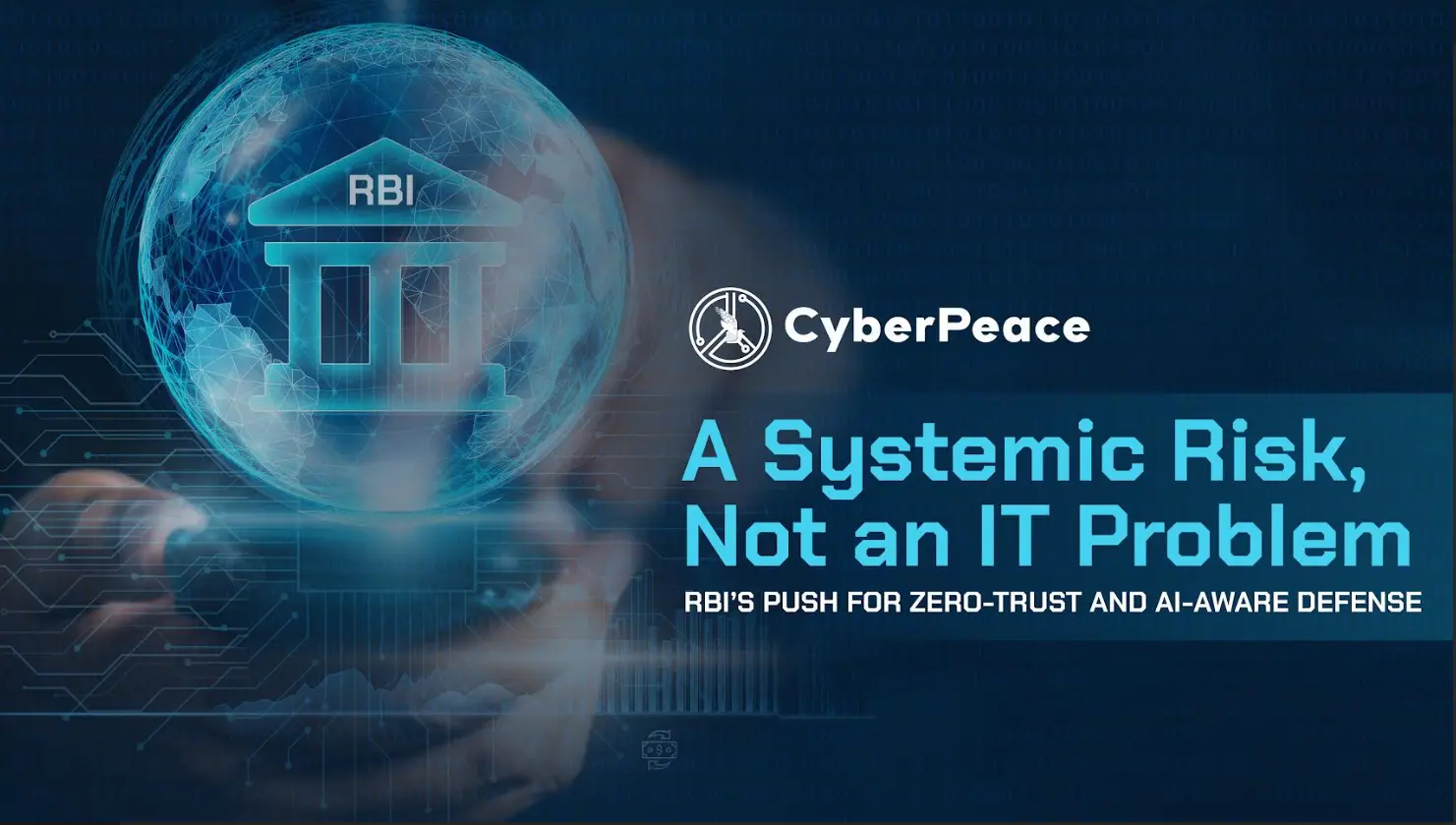CERT-In Alert: Protecting Yourself from Smishing Attacks
Introduction
With the ever-growing technology where cyber-crimes are increasing, a new cyber-attack is on the rise, but it’s not in your inbox or your computer- it's targeting your phone, especially your smartphone. Cybercriminals are expanding their reach in India, with a new text-messaging fraud targeting individuals. The Indian Computer Emergency Response Team (CERT-In) has warned against "smishing," or SMS phishing.
Understanding Smishing
Smishing is a combination of the terms "SMS" and "phishing." It entails sending false text messages that appear to be from reputable sources such as banks, government organizations, or well-known companies. These communications frequently generate a feeling of urgency in their readers, prompting them to click on harmful links, expose personal information, or conduct financial transactions.
When hackers "phish," they send out phony emails in the hopes of tricking the receiver into clicking on a dangerous link. Smishing is just the use of text messaging rather than email. In essence, these hackers are out to steal your personal information to commit fraud or other cybercrimes. This generally entails stealing money – usually your own, but occasionally also the money of your firm.
The cybercriminals typically use these tactics to lure victims and steal the information.
Malware- The cyber crooks send the smishing URL link that might tick you into downloading malicious software on your phone itself. This SMS malware may appear as legitimate software, deceiving you into putting in sensitive information and transmitting it to crooks.
Malicious website- The URL in the smishing message may direct you to a bogus website that seeks sensitive personal information. Cybercriminals employ custom-made rogue sites meant to seem like legitimate ones, making it simpler to steal your information.
Smishing text messages often appear to be from your bank, asking you to share personal sensitive information, ATM numbers, or account details. Mobile device cybercrime is increasing, as is mobile device usage. Aside from the fact that texting is the most prevalent usage of cell phones, a few additional aspects make this an especially pernicious security issue. Let's go over how smishing attacks operate.
Modus Operandi
The cyber crooks commit the fraud via SMS. As attackers assume an identity that might be of someone trusted, Smishing attackers can use social engineering techniques to sway a victim's decision-making. Three things are causing this deception:
- Trust- Cyber crooks target individuals, by posing to someone from a legitimate individual and organization, this naturally lowers a person’s defense against threats.
- Context- Using a circumstance that might be relevant to targets helps an attacker to create an effective disguise. The message feels personalized, which helps it overcome any assumption that it is spam.
- Emotion- The nature of the SMS is critical; it makes the victim think that is urgent and requires rapid action. Using these tactics, attackers craft communications that compel the receiver to act.
- Typically, attackers want the victim to click on a URL link within the text message, which takes them to a phishing tool that asks them for sensitive information. This phishing tool is frequently in the form of a website or app that also assumes a phony identity.
How does Smishing Spread?
As we have revealed earlier smishing attacks are delivered through both traditional texts. However, SMS phishing attacks primarily appear to be from known sources People are less careful while they are on their phones. Many people believe that their cell phones are more secure than their desktops. However, smartphone security has limits and cannot always guard against smishing directly.
Considering the fact phones are the target While Android smartphones dominate the market and are a perfect target for malware text messages, iOS devices are as vulnerable. Although Apple's iOS mobile technology has a high reputation for security, no mobile operating system can protect you from phishing-style assaults on its own. A false feeling of security, regardless of platform, might leave users especially exposed.
Kinds of smishing attacks
Some common types of smishing attacks that occurred are;
- COVID-19 Smishing: The Better Business Bureau observed an increase in reports of US government impersonators sending text messages requesting consumers to take an obligatory COVID-19 test via a connected website in April 2020. The concept of these smishing assaults may readily develop, as feeding on pandemic concerns is a successful technique of victimizing the public.
- Gift Smishing: Give away, shopping rewards, or any number of other free offers, this kind of smishing includes free services or products, from a reputable or other company. attackers plan in such a way that the offer is for a limited time or is an exclusive offer and the offers are so lucrative that one gets excited and falls into the trap.
CERT Guidelines
CERT-In shared some steps to avoid falling victim to smishing.
- Never click on any suspicious link in SMS/social media charts or posts.
- Use online resources to validate shortened URLs.
- Always check the link before clicking.
- Use updated antivirus and antimalware tools.
- If you receive any suspicious message pretending to be from a bank or institution, immediately contact the bank or institution.
- Use a separate email account for personal online transactions.
- Enforce multi-factor authentication (MFA) for emails and bank accounts.
- Keep your operating system and software updated with the latest patches.
Conclusion
Smishing uses fraudulent mobile text messages to trick people into downloading malware, sharing sensitive data, or paying cybercriminals money. With the latest technological developments, it has become really important to stay vigilant in the digital era not only protecting your computers but safeguarding the devices that fit in the palm of your hand, CERT warning plays a vital role in this. Awareness and best practices play a pivotal role in safeguarding yourself from evolving threats.
Reference
- https://www.ndtv.com/india-news/government-warns-of-smishing-attacks-heres-how-to-stay-safe-4709458
- https://zeenews.india.com/technology/govt-warns-citizens-about-smishing-scam-how-to-protect-against-this-online-threat-2654285.html
- https://www.the420.in/protect-against-smishing-scams-cert-in-advice-online-safety/








